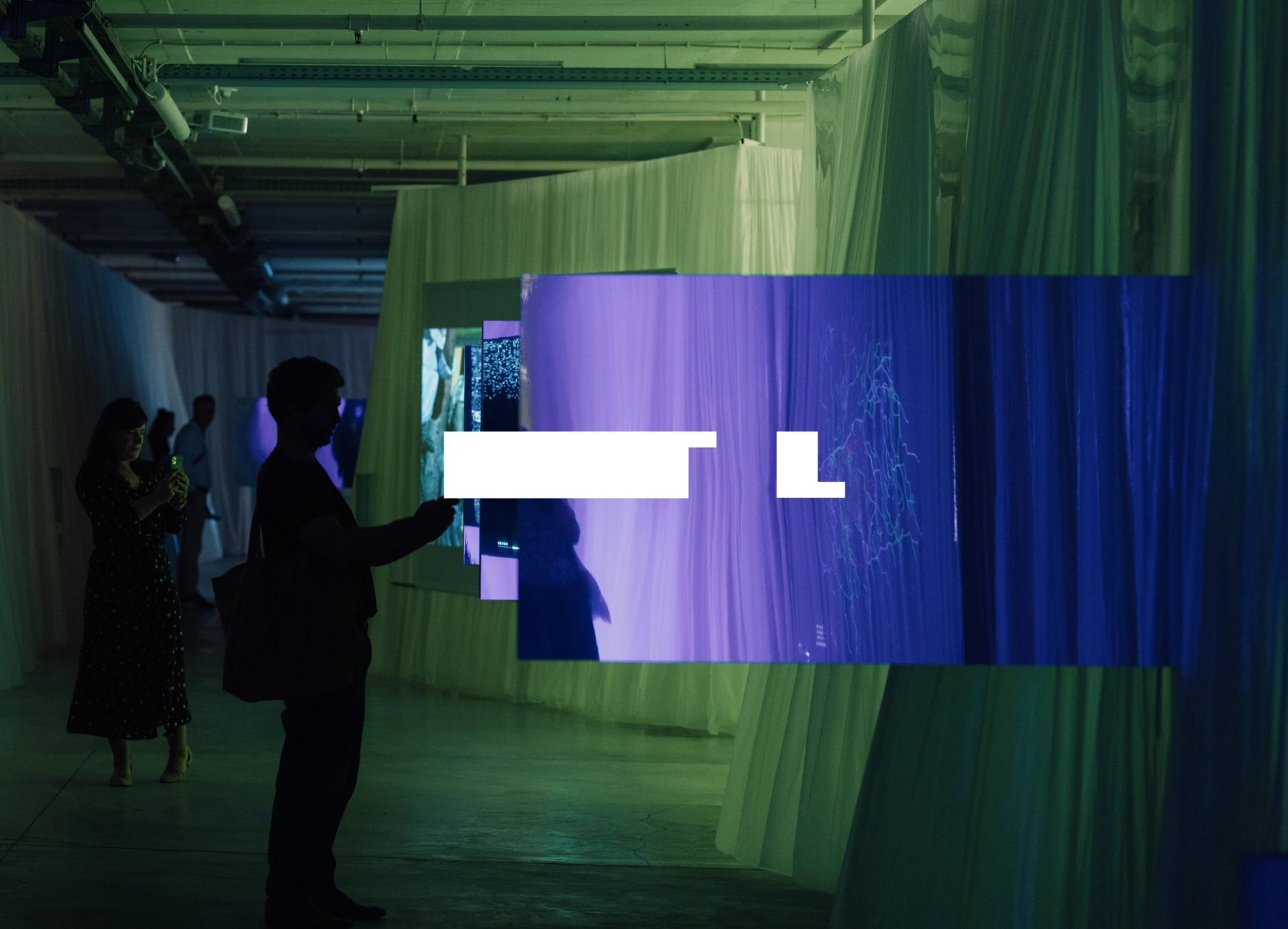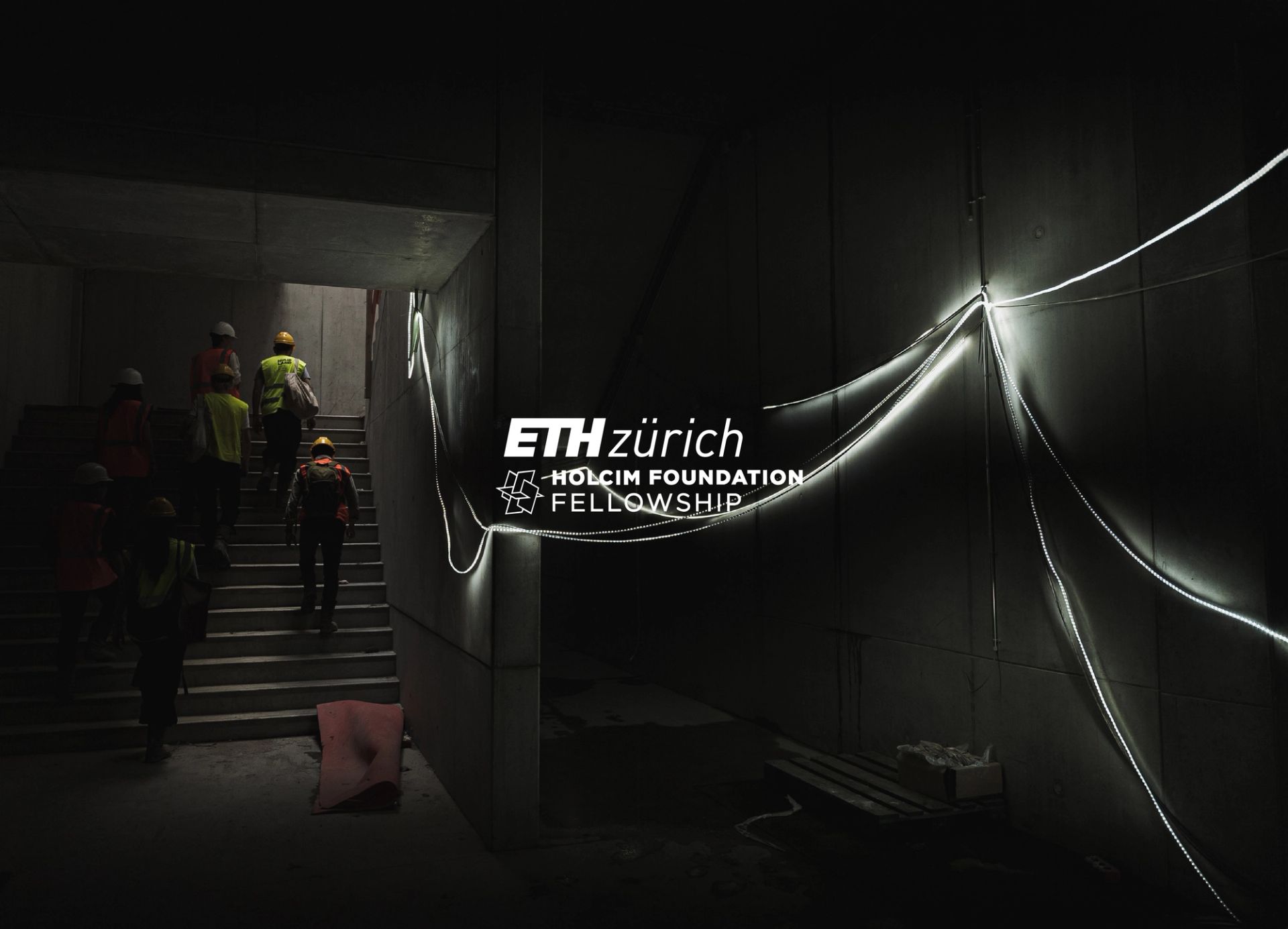The theme tackled by this year’s eighth edition of the Oslo Triennale titled “Mission Neighbourhood: (Re)forming Communities” is appropriately grounded in the Norwegian capital which is both one of the most livable European cities and one of the most expensive worldwide. Since the 1960s, and the discovery of North Sea Oil, Norway’s GDP has been steadily growing to reach revenues of around $40 billion solely from the oil industry, making Norway the world's fifth-largest oil exporter and Oslo Europe's fastest-growing capital, with population growth exceeding 2% with the number of residents expected to rise from 624,000 in 2013 to 832,000 in the 2040s.1 It is within this context, and under the leadership of this year’s director Christian Pagh, that this edition of the Triennale draws our attention to the exploration of both “(architectural) form and thus the way places are planned, designed, and built, and political reform and how can we rethink policies, economic models, governance structures and other conditions for our built environment”.

"Ways of living, ways of sharing", 8th Oslo Architecture Triennale. Photo: Sindre Ellingsen
With the aim of initiating a discourse that stretches beyond the individual context of Oslo and Norway, but rather encompasses neighbouring countries with similarly compact and pedestrian-friendly capitals – which not surprisingly, also appear at the top of city metrics - this year’s Triennale is shaped as a true Nordic laboratory of ideas and actions. Moving away from other urgent global issues, the Oslo Triennale wants to share knowledge and build new competency on and around the Nordic cities with both“precision and depth that can hopefully inspire well beyond its specific context”. Trusting in the notion that cities should be constructed through a continuous amalgamation of perspectives, the ideas and actions proposed throughout the rich programme of exhibitions, events, conversations and screenings are developed by a wide pool of thinkers whose expertise stretches far beyond the discipline of architecture to include culture and community actors, property developers, urban planners amongst others. The medium is (also) the message and the rich Triennale programme punctually activates abandoned buildings throughout the city (Old Munch Museum), engages with neighbouring local cultural and academic institutions (National Museum for Architecture, art and architecture gallery ROM, Oslo School of Architecture and Design and The Oslo National Academy of the Arts) whilst knitting a solid local and international community of thinkers.
Presenting the work of established practitioners, visionaries and young collectives, the ideas and actions on and around the notion of neighbourhood and community presented throughout are grounded in solid critical research.
A year after the Munch’s Museum relocation to the shinier harbour in Bjørvika and amidst no clear vision for the future of the Old Munch Museum for the Oslo community, the main exhibition of the Triennale activates the 1963 building as a cultural house and laboratory for an audience which Pagh seeks to broaden beyond the usual architectural clique. Presenting the work of established practitioners, visionaries and young collectives, the ideas and actions on and around the notion of neighbourhood and community presented throughout are grounded in solid critical research.
Developed throughout the course of a sixty-year relationship with the Norwegian capital, the drawings exhibited by Peter Cook through the show “Ideas for Cities” stem from a thorough reading of the city (of Oslo and beyond) and exist at the intersection of inventive and formalist thinking introducing diverse architectural typologies and master planning solutions within this Nordic city. In an interview with us he specified that “nothing really falls out of the sky. I am very engaged in the act of looking at things, even the mundane. I am interested in using drawings as a playground for the testing out of ideas. Sometimes these ideas bring forth real straightforward propositions whilst others exist as hybrids in between proper proposals and speculative thoughts. In particular, I am interested in the exploration of the drawing as an exercise in the vocabulary of architecture.”2 Within this context, propositions as the Oslo Towers are remarkable examples of Cook’s ability to shape architectures which are both contextually grounded and radically experimental, opening our minds to the possibility of more imaginative and dynamic environments that are, however, always tailored around the shaping of human-centric spaces. Although the Oslo Towers might, at first glance, appear as yet another monumental artefact landed on the harbour, their multi-scalar design approach and relationship to the ground, reflect the architect’s disappointment with the construction of the isolated monuments characteristic of the Grünerløkka area (with the exception of the New Opera House) and symbols of an economic investment where little or no attention was paid to the interstitial shared spaces of the harbour.
The drawings exhibited by Peter Cook through the show “Ideas for Cities” stem from a thorough reading of the city and exist at the intersection of inventive and formalist thinking introducing diverse architectural typologies and master planning solutions.
Beyond notions of form and re-form, the six-week long “Garden of Ideas” pop-up design studio puts the Lab in laboratory and, through an initial collection of one hundred and twenty briefs, challenges the structures and conditions which govern and shape our built environment for proper neighbourhood innovation. By engaging a group of eleven students from the Masters in Strategic Design at the Oslo School of Architecture and Design, the workshop seeks to find valuable ideas which, larger than themselves, have the possibility to shape neighbourhoods whilst unlocking potential for society. Organised as an open and continuous endeavour that juxtaposes the mornings of work with open conversations in the afternoons, students in dialogue with the larger community of the city were invited to engage in notions and spaces of play, public luxury, inequality, inefficiency, streets and so on to propose radical and more vibrant bottom-up neighbourhood making approaches.

"Garden of Ideas" as exhibited within "Mission Neighbourhood" exhibition view, 8th Oslo Architecture Triennale. Photo: Are Carlsen
The works presented within “Betraktkinger = Observations, Dialogues and Actions” exhibition at the satellite ROM nurtured artistic thinking and centred around how the materialization of collective thoughtful observations on the city can contribute to a different reflection and debate on the communities and neighbourhoods of Oslo in a manner which differs from the architecture exhibition at the Old Munch Museum. They generously pushed forward perspectives which are rarely included in public discussions. As a truly collective and inclusive endeavour, through the format of the open-call and in collaboration with the students of the Master in Art and Public Spaces at The Oslo National Academy of the Arts, the works lie at the intersection of ideas and research. By stimulating and cherishing individual responses, which is representative of the ROM platform, they include both a series of works that are exhibited within the space of the gallery but also treasure a more capillary approach which expands beyond the site of Maridalsveien 3 the ROM platform, inciting a much more experiential approach to community making.
The exhibition “Coming into Community” including MYCKET’s installation “Heaven by Mycket” at the National Museum-Architecture focus on community and exclusion, challenging the idea of the community as a city-wide infrastructure, an entity that is not tied to a specific neighbourhood. The section on “community” approaches the theme from a pedagogical approach, tracing how architecture and planning have included or excluded marginalized groups in the past seventy decades; MYCKET’s immersive installation seeks to create one of the city’s infrastructural queer spaces to be used for meetings, workshops, and parties in support to the LBTG+ community and beyond. Although we seem to have come a long way from the post-war years, when “housing construction was mainly about housing and protecting the nuclear family”, a closer look to the heterogonous “neutral” new housing developments that pop up throughout both Oslo and Stockholm points in a different direction. It is within this context that MYCKET recognises the importance that institutions and events as “Queer Culture Year” can play in nurturing diverse conversations and raising awareness on how different individuals need different kinds of spaces whether these are shared or individual.
MYCKET recognises the importance that institutions and events as “Queer Culture Year” can play in nurturing diverse conversations and raising awareness on how different individuals need different kinds of spaces whether these are shared or individual.
Perhaps the most ingenious project presented, which highlights the necessity of approaching different types of neighbourhoods with equal respect whilst epitomizing the power of architectural research for concrete action, is the research “Noisy Neighborhoods”. Conceived by the independent cultural think tank Centrum för studier av markanvändning (CSAM) the project consists in a qualitative and quantitative mapping of the Sofielund district in the Swedish city of Malmö, to initiate a collective neighbourhood scale bottom-up rescue mission and hinder the turning of this industrial and culturally and programmatically diverse area into heterogenous mixed use residential spaces. By relying on the collective need to make noise and the exploitation of the existing environmental legislations of the managing noise commission in the pursuit of a Noisy Neighborhood, the project introduced a new strategic tool: the “cultural-industrial sound zone” or “kulturljudzon”. The latter is meant to protect the areas’ right to make noise and, as a result, resist the possibility of future residential development.The project serves as an important example of how we must not forget the industrial spaces on which our cities run and thrive in a much too common craze and process of over gentrification and archi-madness.
By relying on the collective need to make noise and the exploitation of the existing environmental legislations of the managing noise commission in the pursuit of a Noisy Neighborhood, the project introduced a new strategic tool: the “cultural-industrial sound zone” or “kulturljudzon”.
In a continuous and evolutionary “journey of research, development and dissemination of neighbourhood thinking and doing”, the programme envisioned by Pagh is set to endure well beyond the Triennale’s closure on October 30th.
In a continuous and evolutionary “journey of research, development and dissemination of neighbourhood thinking and doing”, which sits in stark contrast to the more ephemeral nature of other cultural Biennale’s and Triennale’s that seldomly leave a (positive) local impact, the programme envisioned by Pagh is set to endure well beyond the Triennale’s closure on October 30th. As a second meeting to the Triennale programme, we cannot wait for the catalogue to be released in another Nordic Capital, Copenhagen, during its celebrations as World Capital of Architecture 2023 and for the actions which we hope to see implemented and hopefully discuss in another three years’ time.
Notes
1 Data reposted by Norway’s statistic centre. Available at: https://www.ssb.no/en
2 Interview on site with Peter Cook.





